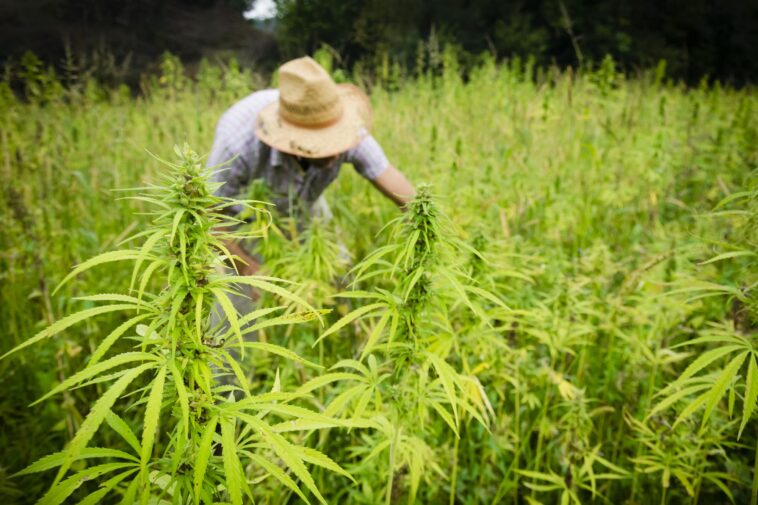Hemp cultivation transcends traditional farming—it’s a vivid snapshot of our evolving global values. As societies lean towards natural and sustainable solutions, the allure of hemp has grown, expanding its uses from age-old textiles to today’s health supplements. This article dives deep into the intricate world of hemp farming, unraveling the complexities and bestowing insights that cater to both budding enthusiasts and expert cultivators. Join us on this journey as we navigate through history, practices, challenges, and the future of hemp cultivation.
Understanding Hemp: What Is It?
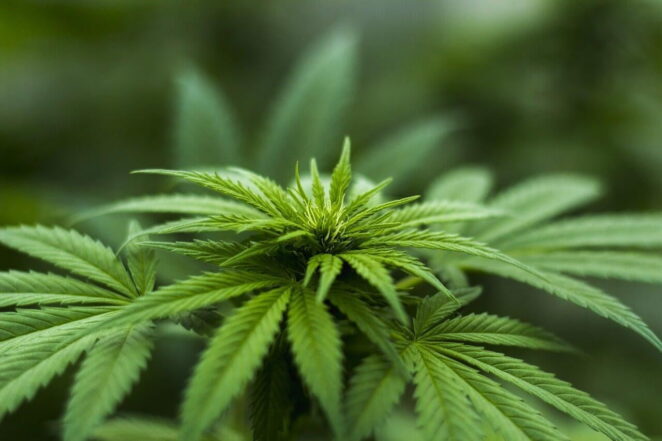
While often mistakenly lumped with marijuana, hemp proudly sets itself apart, primarily because of its minimal THC content, staying below the 0.3% threshold. Delving into history, its story is rich; its cultivation has been instrumental for over 10,000 years, having been used to craft ropes, sails, and durable clothing. However, its utility doesn’t end with textiles. Its seeds, rich in essential fatty acids and protein, are a nutritionist’s delight, and its strong stalks find use in modern-day construction materials. This diverse application portfolio aptly showcases hemp’s multifaceted versatility.
The Legality of Hemp Cultivation
The legal tapestry surrounding hemp cultivation is as diverse as the world map. Nations like Canada and the USA, recognizing its potential, have federally endorsed its farming. In contrast, some countries remain hesitant. The monumental shift in perception, notably after the passage of the 2018 US Farm Bill, signaled a departure from the shadows of stigmatization. It hailed the dawning recognition of hemp’s potential contributions, both economically for and as a sustainable agricultural practice, and this is why you can easily find Hemp plants for sale in today’s society.
Hemp Varieties and Strains
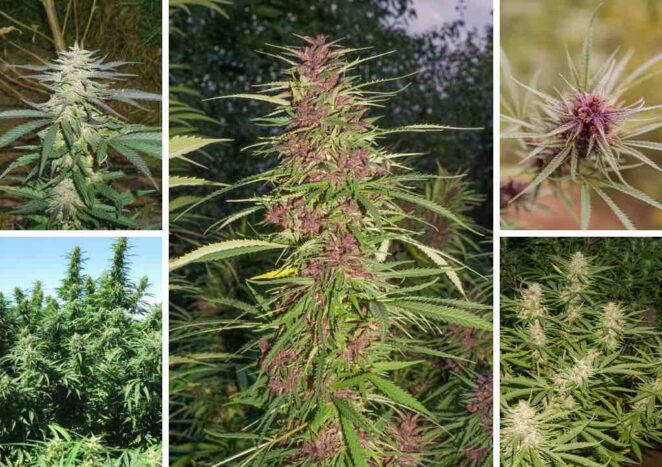
The hemp universe is vast, with a plethora of varieties and strains awaiting exploration. To navigate this landscape, considerations should revolve around specific goals like desired CBD content, adaptability to local climate nuances, and inherent resistance to pests. Delving into examples, the “Cherry Wine” strain stands out for its rich CBD content. Meanwhile, cultivators wary of pests might lean towards the robust “Auto Tsunami” strain. The right choice amalgamates both research and farmer’s objectives.
Selecting the Ideal Growing Environment
While hemp is often lauded for its resilience, the golden rule remains: the right environment yields the best results. These plants find their sweet spot in temperate climates, flourishing in well-draining soils. But even the hardy kinds can falter in adversities like prolonged heavy rainfall. The soil’s pH balance, ideally tilting between 6-7.5, also plays a pivotal role. Additionally, maximizing exposure to sunlight ensures hemp plants have the energy to optimize their growth.
Preparing the Soil
The foundation of any successful hemp cultivation lies in its soil. To nurture robust hemp plants, the soil’s health is paramount. Periodic soil tests can be a cultivator’s best ally, revealing vital information about nutrient concentrations and potential deficiencies. Once armed with this knowledge, farmers can integrate soil amendments, incorporating organic compost or manure, to create a fertile bed, setting the stage for prolific growth.
Planting Hemp Seeds or Clones
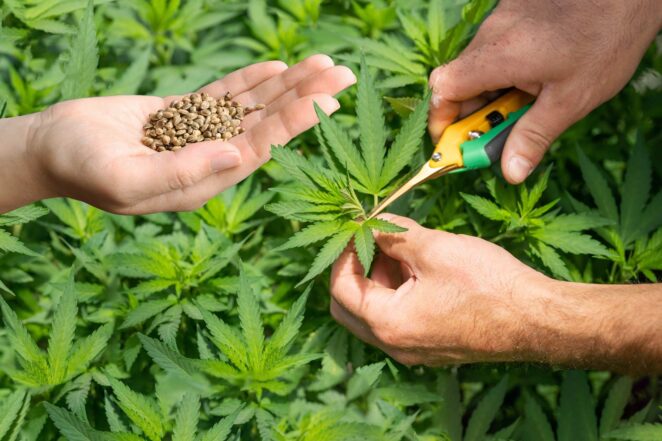
The initial decision in hemp planting orbits around choosing seeds or clones. Seeds, the encapsulated promises of future plants, are often favored for genetic diversity. In contrast, clones, which are cuttings extracted from mature plants, promise consistency in yield. For those opting for seeds, a planting depth of 0.75 to 1.25 inches strikes the balance, and an interplant spacing of 4-5 feet ensures they have room to thrive.
Caring for Hemp Plants
Like any plant, it thrives on consistent care. Proper watering regimens, ensuring the soil retains moisture without becoming a soggy mess, is crucial. Augmenting soil with nitrogen-rich fertilizers can supercharge growth. Simultaneously, the world of natural pesticides, including potent agents like neem oil, can keep those pesky invaders at bay. Vigilant monitoring, spotting early signs of diseases or pests, can be the difference between a bountiful harvest and a disappointing season.
Understanding Hemp Growth Stages
Every hemp plant embarks on a fascinating journey from germination through seedlings, entering the vegetative phase, and culminating in flowering. Recognizing and understanding these phases not only enriches a cultivator’s experience but ensures that plants receive tailored care. By catering to the plant’s unique needs at each stage, cultivators ensure they harness the plant’s full potential, optimizing both growth and yield.
Harvesting and Drying Hemp
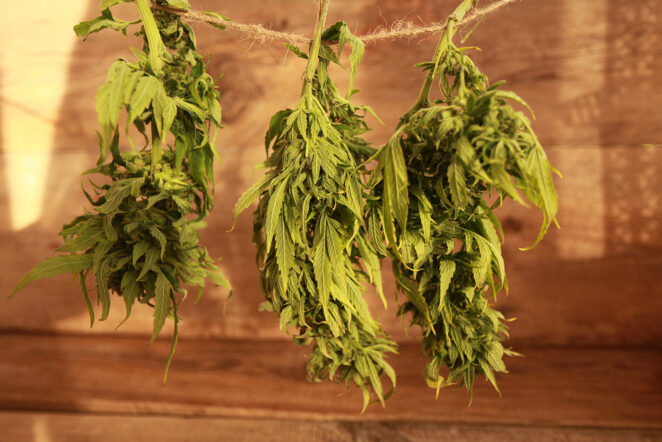
The journey from seed to harvest is a culmination of meticulous care, patience, and anticipation. Harvesting hemp, blending both art and science, requires keen observation and an intuitive understanding of the plant’s life cycle. As the seeds reach their mature phase and trichomes adopt a brown hue, cultivators know the moment of harvest is nigh.
But the task extends beyond mere harvesting. The post-harvest phase is equally crucial. The drying process, pivotal in preserving its qualities, demands specific conditions. Drying hemp in a shaded, well-ventilated environment for approximately 7-10 days ensures that the cannabinoid profile remains intact and potent, maximizing the crop’s value.
Common Hemp Cultivation Challenges
Every agricultural endeavor has its set of challenges, and farming is no exception. Cultivators often grapple with a diverse range of issues, from aphid infestations, which can wreak havoc on the plants, to mold outbreaks precipitated by unpredictable spikes in humidity. Even unforeseen weather conditions, like an unexpected frost, can challenge the hemp farmer’s resilience. But hope is not lost.
Armed with a variety of preventive strategies, farmers can counteract these challenges. The age-old practice of crop rotation, careful plant spacing to ensure good airflow, and the selection of disease-resistant strains act as the first line of defense. Continuous education and adapting to evolving farming methodologies further fortify farmers against these hurdles, ensuring a healthy harvest.
Future Trends in Hemp Cultivation
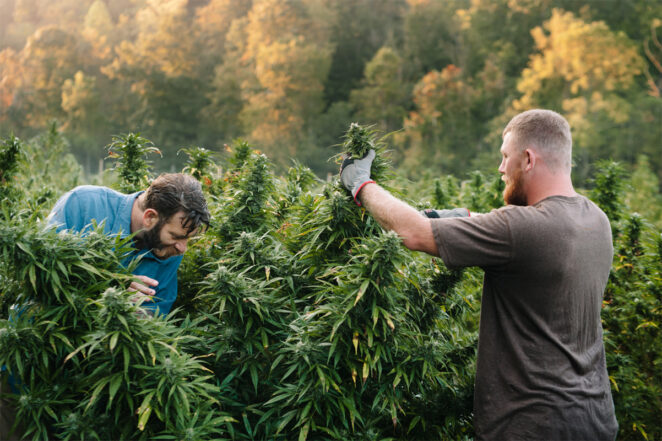
The world is at a pivotal juncture, re-evaluating and adjusting its agricultural practices in favor of sustainability and eco-friendliness. Hemp cultivation, already known for its minimal environmental footprint, is riding this wave of change. New farming techniques are surfacing, with no-till farming leading the charge by actively preventing soil erosion.
Simultaneously, there’s a surge in holistic organic cultivation methods that prioritize nature, avoiding synthetic chemicals and harmful pesticides. The vision for the future of farming is unambiguous: an agricultural practice that seamlessly merges the dual objectives of serving the needs of humanity while concurrently nurturing and renewing the environment it benefits from.
Conclusion
Hemp cultivation stands at the confluence of tradition, innovation, and immense potential. In a world where sustainability isn’t just a buzzword but an imperative, hemp rises as a luminary of hope. This guide, whether you’re an intrigued reader or a passionate farmer, aspires to be a beacon, illuminating the path towards understanding and appreciating the world of its cultivation.



